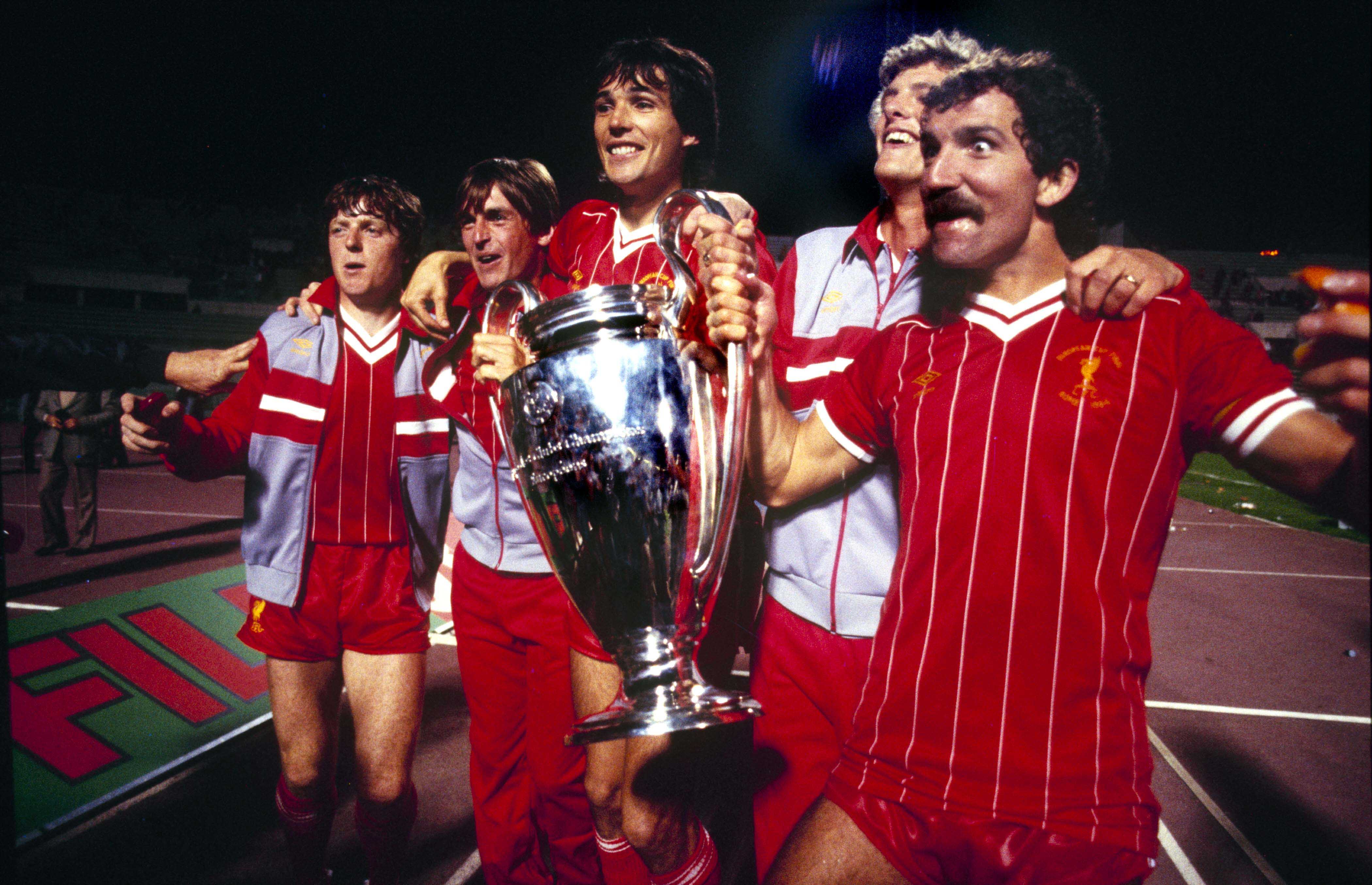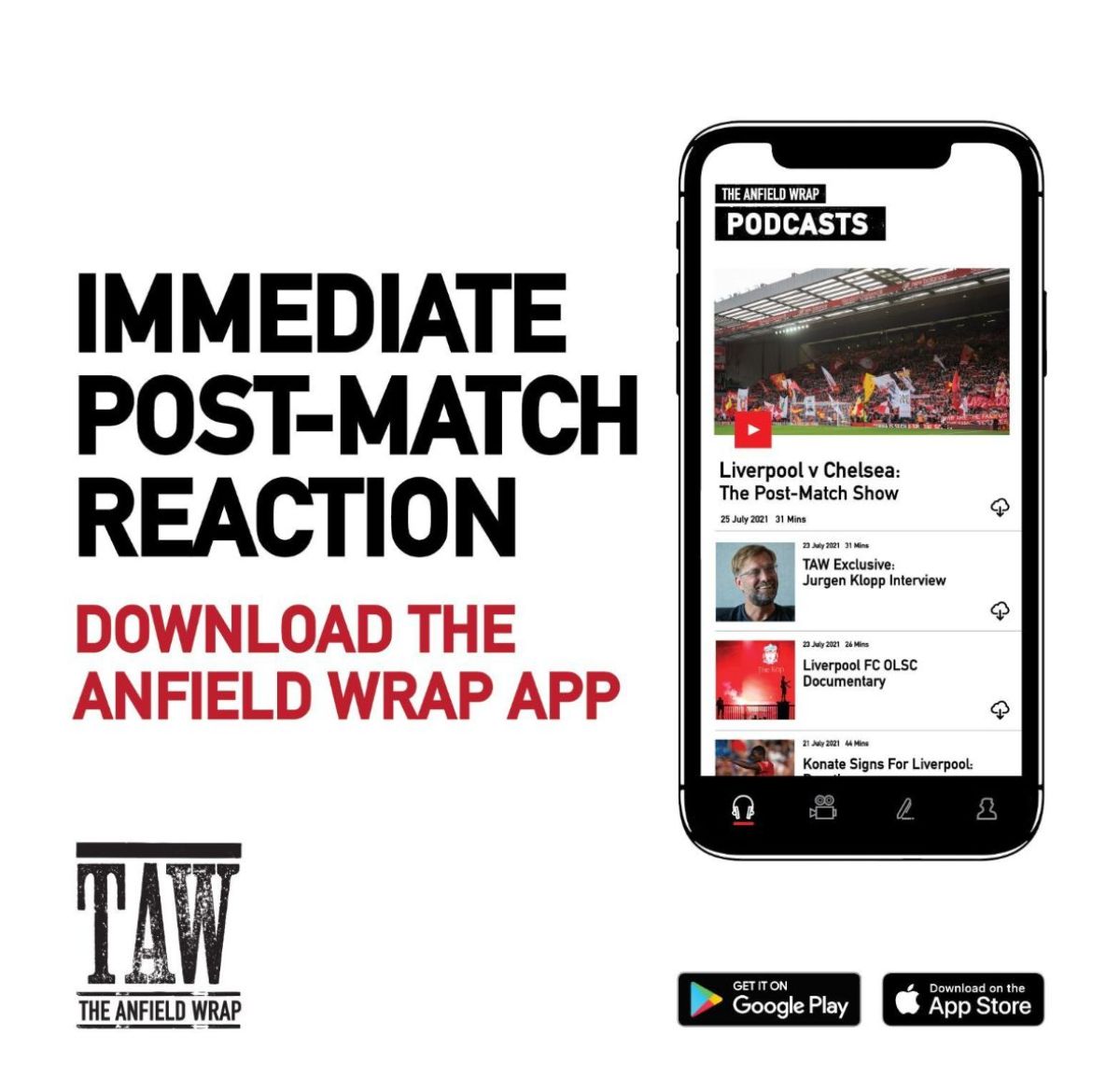THE year 1984 was supposed to be the year of AS Roma.
Their Swedish coach, Nils Liedholm, had spent nearly five seasons constructing a team built to win. The season before, they had captured their first Scudetto in over 40 years and the celebrations were memorable but Liedholm and his players had their eyes set on a bigger prize.
The 1984 European Cup final was to be held at their home ground, the Stadio Olimpico. It was a once in a lifetime opportunity and everyone knew it.
The burden on the players was immense. On the final day of the season, Roma narrowly missed out to Juventus in the league, but heads had already turned to the European Cup final two weeks later, having already knocked out Dundee United in the semi final.
Over on Merseyside, Joe Fagan had steered Liverpool through another prosperous domestic campaign.
The League Cup was clinched in late March with a 1-0 win at Maine Road, Manchester in the replay against neighbours Everton. The Reds then went on to win their third consecutive league title. Despite the ongoing domestic success, Liverpool hadn’t won Europe’s premier prize for three years, a long time by their standards having won it three times in five years before that.
In spite of that, they were considered underdogs by the Romans. The trophy was theirs to lose. For them, the impending victory was written in the stars and Liverpool were there solely to make up the numbers in their procession to glory. The hardened Liverpool players thought differently.
The Eternal City was gearing up for the final and fans were intent on seeing their side lift the cup. As a result, when tickets went on sale there was trouble. Twelve were left seriously injured after police used tear gas to disperse a crowd of 8,000 who had gathered to acquire tickets.
Just as they had done with Dundee Utd in the semi-final, Roma set out to intimidate the Merseysiders. It was a far cry from the welcome they received seven years earlier when Liverpudlians had travelled en masse to Rome for their first European Cup final.
For a variety of reasons, but mainly due to the continued economic decline of Merseyside, only around 15,000 had made the trip, half that of in 1977. For the first time, Liverpool fans were outnumbered at a European final and, from the moment they arrived, they were under siege. As well as several stabbings being reported, troublemakers threw bricks at Liverpool buses from moving cars.
It would be a case of winning then getting out of there. There would be no dancing around the colosseum.
Come matchday, Liverpool coaches were given a police escort to the ground and, once inside, the stadium was already packed out. The riot police were there in force, ready for any sign of disturbance.
George Sephton, was there on official club duties and had already encountered trouble gaining entry to the ground at a previous European Cup final, in Paris, three years earlier. During a conversation with Dan Fieldsend for his book Locãl, the Anfield announcer described his experience in Rome…
“Peter Robinson insisted that because of the trouble we had in Paris that I’d go as part of the team on the coach. They all wandered off onto the pitch and I stood in the dressing room talking to Tom Saunders. A UEFA official collared me and asked where I was going and if I had a pass. I said: ‘No. Your lot screwed up and nearly got me shot in Paris, so the club put me on the coach’.
“Anyway, he told me I must go. I refused and Tom gave me a ticket while this lunatic wandered off. He came back with a policeman who pointed a gun at me and told me to get out.”
The tension was palpable.
When the Liverpool players went out to warm up, they were met with thunderous revilement. Missiles were launched down to their end of the pitch.
Lesser teams may have gone into their shell, but not this Liverpool side. They were there to win. Graeme Souness, who was playing his last game for the club, led his teammates around the perimeter of the pitch, undeterred by the vociferous chanting from the stands. He had seen it all before.
Speaking to Neil Jones of Goal, Mark Lawrenson said: “We rarely worried about the opposition. We just went out and played and, if we played, we reckoned that nobody would stop us.
“People always ask about being intimidated playing Roma, but that Bucharest tie was 10 times more scary. Souness had broken their best player’s jaw in the first leg at Anfield, so they wanted to kill him over there. They wanted to kill all of us!”
As kick off drew closer the teams lined up, ready to enter the lion’s den. The Italians had an air of confidence about them. The atmosphere didn’t intimidate Liverpool. Bruce Grobbelaar had fought in Zimbabwe’s war of independence as a teenager. He simply laughed as the Roma players stared.
David Hodgson was on the Liverpool bench that day and he spoke to Simon Hughes about his recollections for a piece in The Independent. It emerged that Hodgson was the instigator of a famous moment in Liverpool FC history, which underlined the mentality of the team ahead of the match…
“I could see how much everybody was pumped up, so I broke into song. It was the Chris Rea number, ‘I Don’t Know What It Is But I Love It’. I was in charge of the music box and had been listening to it that day.
“All the Roma boys were there; Falcao, Conti, Cerezo looking all serious. So, I led ‘I Don’t Know What It Is But I Love It’. Craig Johnston followed with the next line and then all of the team joined in. It was spontaneous. The Roma boys seemed unnerved by it.
“We could hear the fans outside whistling. Rome was an intimidating place to be. But that was us. We were telling them: ‘We’re not scared and we really don’t give a shit where we are or what you can throw at us, because we’re going to win this game’.”
As the players strode out onto the turf, like gladiators into battle, both sides believed they would win. Something had to give.
Liverpool scored early like they had done twice in the semi finals. The goal came as a result of Craig Johnston whipping in a floated cross from the right wing. Franco Tancredi came to claim the cross but failed as Ronnie Whelan flew in behind him and appeared to head the ball down through the keepers’ gloves.
Roma defender, Dario Bonetti picked up the loose ball but, under pressure from Ian Rush, thumped the clearance straight at his goalkeeper who was still lying on the ground following the clash with Whelan. Phil Neal was lurking on the penalty spot when the ball ricocheted out to him fortuitously.
The veteran full back duly stabbed the ball home to score his second cup final goal at the Stadio Olimpico, having previously scored a penalty against Borussia Moenchengladbach seven years earlier.
Two minutes later, the imperious Souness thought he’d doubled their lead but the goal was ruled out for offside. Grobbelaar and Tancredi both had to make saves at their near posts before Roma found the net just a couple of minutes before half time. All Roma’s good play came from the flanks and their goal followed the same pattern.
The move started after Mark Lawrenson was adjudged to have pushed Roberto Pruzzo in the back about 35 yards from goal. As Pruzzo lumbered to his feet, Sebastiano Nela took the free kick quickly, exchanging horizontal passes with his captain, Agostino Di Bartolomei.
The spritely winger, Bruno Conti, made a darting run in behind Phil Neal at right back. Nela found him with a lofted pass but Conti was immediately put under pressure by two red shirts and his attempted cross was blocked by the covering Lawrenson.
Conti picked up the rebound and tried his luck again. This time his cross reached the head of Pruzzo who used the weight of the ball to perfectly loop his header into the far corner of the net.
Relief for the 60,000 Roma fanatics inside the arena.
Roma came out after the break with a renewed sense of optimism. Lawrenson and Hansen had to hold firm at the back for The Reds and it took until around the 60-minute mark for Liverpool to regain control. From then on, the second half was characterised by both sides’ determination not to concede. Their usual attacking flair was put to one side in an effort to win at all costs.
Pruzzo limped off after an hour and was replaced by the less effective Odoacre Chierico. Liverpool manipulated the tempo, but Rush and Dalglish were both kept relatively quiet by the Italians’ defence.
Five minutes from time, Steve Nicol, who had come on for Craig Johnston, had the chance to win the game for Liverpool. Dalglish slid him in with a cut-throat pass right through the Roman defence, but his fellow Scotsman’s shot was straight at Tancredi and the rebound was hooked away before Whelan could pounce on it.
The whistle went and another 30 minutes were added. Both teams were tiring and Dalglish was substituted five minutes into extra time to make way for the fresh legs of Michael Robinson. Neither side went particularly close to finding a winner so, for the first time in history, the European Cup would be decided by a penalty shootout.
During that timeless period between the end of extra time and the penalty shootout, both managers went about organising their penalty takers. As Falc o lay on the floor receiving treatment, Joe Fagan uttered words to Grobbelaar which may have ended up winning the shootout for his club. In 2018, the Zimbabwean told the Liverpool Echo: “Joe put his arm around me and quietly had a word.
“He told me: ‘Look son, you’ve had a great game. I and the coaches and the chairman and the directors, the captain and the team and the 10,000 Liverpool fans are not going to blame you now if you don’t stop the ball from 12 yards.’
“It was as I walked away, feeling much better, that he called after me: ‘But make sure you try to put them off’. That was what was in my head.”
Grobbelaar did just that.
Liverpool’s maverick keeper gradually ramped up his goal-line antics throughout the shootout and, on the fourth attempt, he caused Francesco Graziani to smash his penalty well over the crossbar, giving The Reds the chance to wrap it up with their next kick.
As he walked disconsolately back towards the centre circle, Alan Kennedy marched in the other direction. All he had to do was score and the treble would be theirs.
The left back had prior when it came to scoring winning goals in European Cup finals. His surging run and finish in 1981 had been the only goal in a victory against Real Madrid. Now he had the chance to do it again.
He opened his body up and placed the ball into the side netting with precision.
Just like that Roma had been toppled in their own backyard, triggering scenes of jubilation and devastation in equal measure. The defeat seemed to leave a bitter taste in the mouths of a few Roma fans. By the time arl’ big ears had been held aloft, many of the Roma ultras had exited the terraces.
For the visitors from Merseyside, the celebrations were short lived. Upon leaving the Olimpico they were ambushed by angry ultras. Despite the desperate attempts of most fans to flee, 90 were put in hospital. Some supporters fought back, but if it hadn’t been for the arrival of Lazio ultras (the Irreducibilis) the casualty numbers would have been far higher.
A man from Halewood named George Sharp nearly bled to death after being stabbed in the kidneys. When his son pleaded to police, he was struck by a truncheon to the face. Luckily, a more compliant officer was on hand to put Mr Sharp in an ambulance and save his life.
The post-match attacks went underreported by the UK press, but in Italy it was a different story. Roman paper, Il Messagero said it had been organised and said: “The gravest aspect is that the English did nothing to provoke the attack.”
The incident was a major precursor to the Heysel disaster a year later.
After the final, ‘Roma Campiones’ merchandise was burnt all around the city. Nils Liedholm left the club a month later and Roma haven’t returned to a European Cup final since.
For instant reaction to all the Liverpool news and events that matter to you, download our free Anfield Wrap app…
📆 #OnThisDay in 1984, The Reds won the European Cup in Rome, for the fourth time…
— The Anfield Wrap (@TheAnfieldWrap) May 30, 2020
What a fucking picture pic.twitter.com/qbGhHQqV2S











